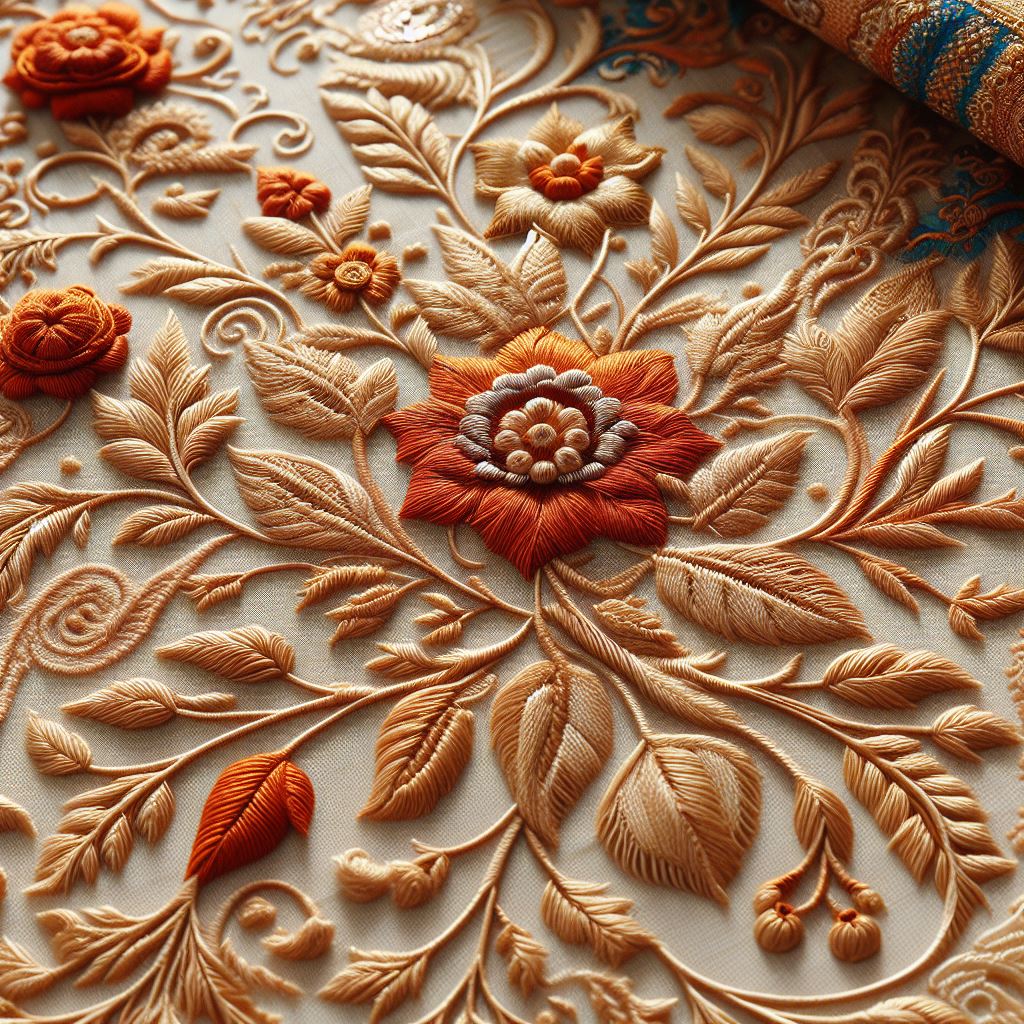
Chikankari Embroidery
History:
Chikankari, an age-old embroidery technique originating from Lucknow, India, finds its roots as far back as the 3rd century BC, as noted by Megasthenes, an ancient Greek explorer who documented Indians employing flowered muslins. Intriguingly, the term 'Chikankari' stems from the Persian word 'Chikan,' denoting 'embroidery.' It is theorized that during the Mughal era in the 16th century, this intricate art form was introduced to India by Persian and Turkish conquerors.
Style:
Chikankari embodies exquisite hand embroidery crafted with finesse on various textile materials. The use of sheer fabric enables the stitches on the reverse side to create a captivating shadow effect, a distinctive hallmark of this technique.
Significance:
It was accorded Geographical Indication (GI) status in December 2008, which recognized Lucknow (an Indian City) as an exclusive hub of chikankari, the Heartland to this artwork.
Continuing the legacy of traditional embroidery techniques allows us to safeguard our rich cultural heritage while fostering its continual development and adaptation for future generations. Thus, traditional embroidery serves not only as a means of artistic expression but also as a reverent homage to the vibrant tapestry of our cultural diversity.
Conclusion:
In summary, the history of Chikankari Embroidery stands as a tribute to our opulent cultural legacy, with its allure enduring and flourishing through the ages. To embrace this legacy firsthand, explore our collection of authentic Chikankari embroidery fabrics, thoughtfully crafted in contemporary designs at "House of Leela." We hold this exquisite embroidery style in high regard and invite you to infuse your wardrobe with its timeless elegance and traditional charm.
References:
https://en.wikipedia.org/wiki/Chikan_(embroidery)
https://thechikankaristory.com/chikankari-embroidery-history/




